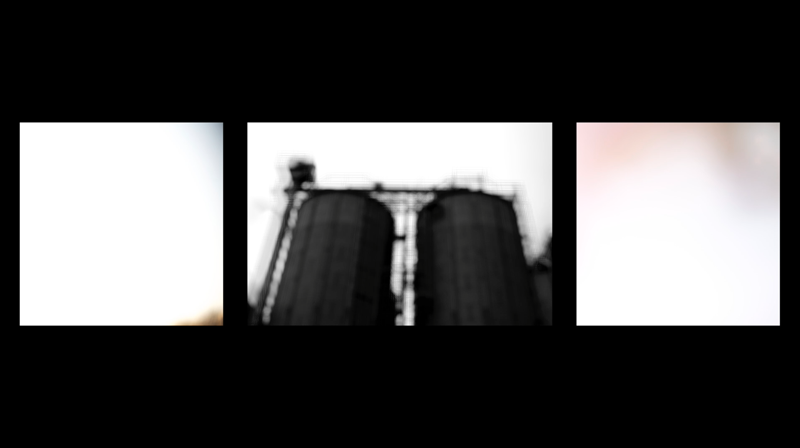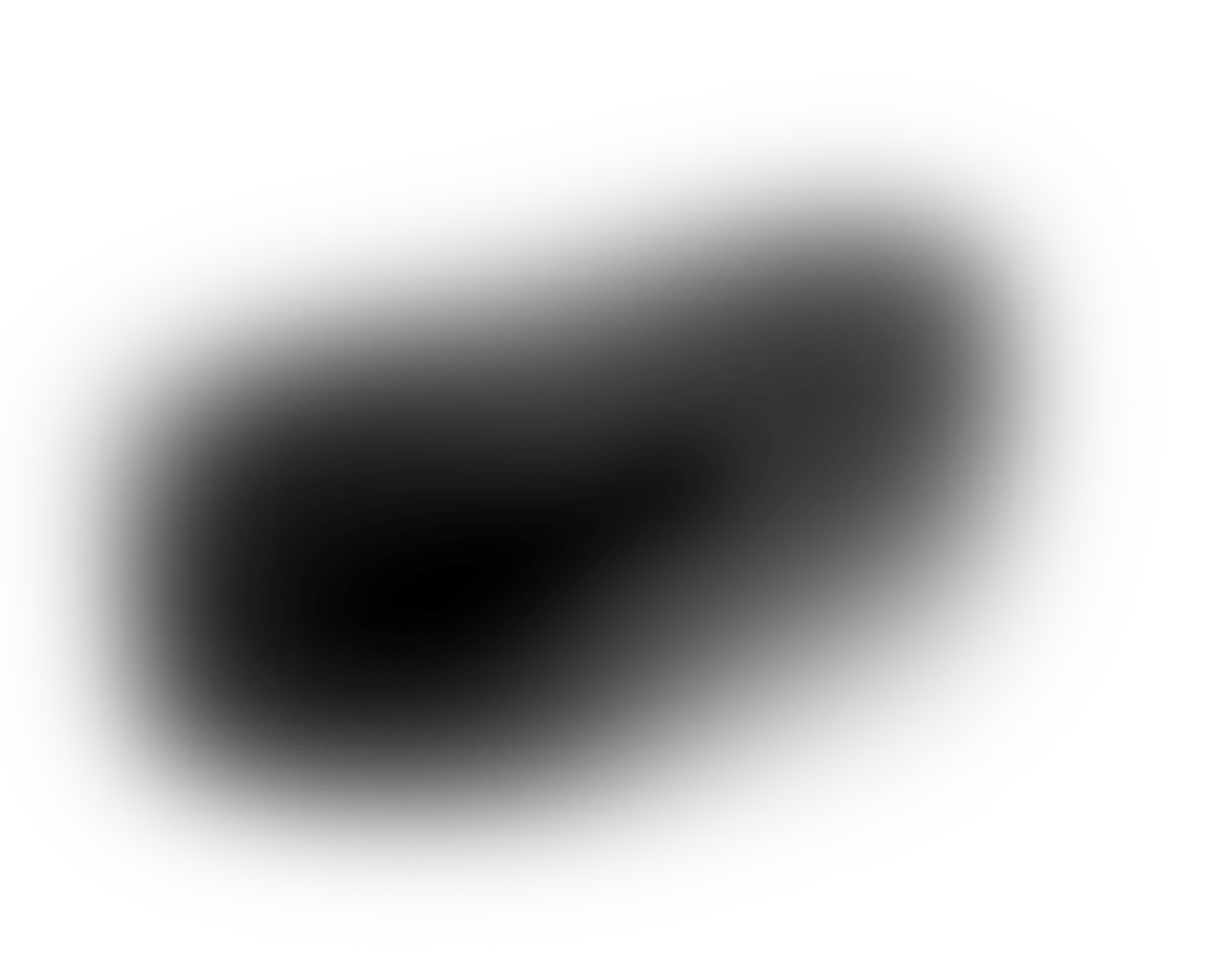Compositional Practice in .haul / S
Flickers and flashes. Fizz, pop, whoosh, rrrrttthhhhh. In the corner of my mind’s eye. In the street, the train; on an old record, down a YouTube rabbit hole. Stop a while, listen. Consider the sound. Watch its movements, colours, textures. If it excites, take out the phone. Record a short excerpt. Forget until the urge to make a new thing arrives. Revisit. Stretch, mold, filter. Layer with more bottled sounds.
My practice can be described as a consolidation of free-association and a slow motion, expanded stream-form method; “the result of musical layers that overlap or are concurrent…” (Adkins & d’Escriván, 2013, p. 6), essentially a method of composition led primarily by improvisation and intuition. I primarily internalise shapes, colours, movements, and textures (synaesthetic responses[1]) that I perceive in other music, and use those as a primitive mood-board or scrapbook for selecting sound sources. The chosen sounds can be vastly different from the materials I am referencing, as my perception of shapes etc. in sound is involuntary, occurring in my subconscious. Thus, when composing, an extra step to this free-association is present, in that I am rarely associating with a bank of samples, chords or musical notes, but rather my perceptions of them. (see https://maguirehauls.wordpress.com/portfolio/synaesthesia-sketches/ for some examples).
I collect sounds in a similarly intuitive and unplanned way. I rarely make outings with the specific aim of recording sounds, perhaps instead taking the role of a ‘sonic flâneur’. If a sound I happen upon in my day-to-day life interests me, it will be recorded, and subsequent sounds will be selected based on what I feel could interact or layer with the original in a way that will trigger a sufficiently vivid synaesthetic response. Field recordist and sound artist Francisco López’s method has a parity with my own:
My ideas come from the sounds themselves not from a pre-determined compositional plan or to represent a specific narrative. When I start I don’t have an idea of what I’m going to do structurally. So any transformation comes from the sounds themselves, it’s a thrilling process because I never know what’s going to happen.
López, 2013, p. 104I
capture sounds crudely, using a smartphone or cheap handheld recorder. The
resulting ‘lofi-ness’ of these recordings - clunks,
crackles, hiss, and other sonic artefacts that result from low-resolution
recordings and speed alterations - fascinates me, and contributes overall to a
background upon which I can build my synaesthetic response.
For
an example recording, see: https://soundcloud.com/philscrap/girder
When
editing the recordings in software, I deliberately restrict myself. Use of
effects is limited to commonly used, ‘stock’
software reverbs and distortions; the speed of recordings is sometimes manipulated to
tease out previously unheard details.
My photographic practice differs slightly from my compositional practice, although the initial methods remain similar to the process by which I record sound. I begin by photographing objects and locations that I consider to be interesting - the interest can lie in anything from a cracked brick to lighting, or general shapes and outlines of objects. The two processes diverge, however, in my use of abstraction within the image. I tend to use images where the subject is abstracted almost to the point of being unrecognisable, often finding myself drawn to abstractions that feature colours, shapes or textures that are similar to my synaesthesia (although this does not necessarily mean that I match images with my synaesthetic response to sound). I aim to create abstractions in-camera as much as possible in a sort of ‘photographic improvisation. An example photograph is below:

This photographic approach takes inspiration from street photographer Daido Moriyama. Moriyama’s aesthetic is formed almost entirely from his lack of planning. He wanders the streets of Tokyo, photographing anything of interest. His photobooks result from collections of images that often appear unrelated; a photographic stream-form. As Moriyama describes in a Tate film,
There is no definite rule on where you should start and finish…I am not even sure if these pages should have been like this, but it just happened this way… I think that the most important thing that photography can do is to relate both the photographer and the viewer’s memories.
Tate, 2012The photographs used in .haul / S are presented as triptychs; a nod to Moriyama’s Labyrinth photobook (2012). Comprised of disparate rolls of film, gathered from across Moriyama’s career, Labyrinth’s hundreds of contact prints offer “the viewer…a deep immersion…a chance to lose oneself in a labyrinth of images, continually moving forward, on an unknown path toward an uncertain destination” (Aperture, i, 2012).
http://www.artactuel.com/medias/evenements/8995/MED_BD_8995_A.jpg (artactuel.com, 2013)

These contrasts, sometimes jarring, sometimes unnoticeable, are mirrored in my use of asynchronous sound and image in the portfolio. The first piece, 14AB2, utilised synchronised sound and image, the flickering images matching the drones (spectrally processed guitar samples) forming an obvious synchresis.
Certain…videos and films demonstrate that synchresis can even work out of thin air - that is, with images and sounds that strictly speaking have nothing to do with each other, forming monstrous yet inevitable and irresistible agglomerations in our perception… Synchresis is Pavlovian.
Chion, 1994, p. 63I have endeavoured to work with asynchronous sound and image since producing 14AB2, precisely because of Chion’s assertion that synchresis is ‘Pavlovian’. Even though it was not intended, the audience will most likely view the image and sound in 14AB2 as being related: when gaining informal feedback from audience members, the drones’ apparent complimenting of the visual effect is mentioned above all else.
Guided by Labyrinth’s aesthetic mystery, asynchronous sound and image is utilised in the subsequent works. Whilst this apparent discontinuity arguably creates what could be called a semantic gap for the listener-spectator to fill, my hope is that neither component of the pieces will be interpreted as greater or lesser than the other. An audience member may decide on, or perceive a hierarchy when experiencing my work, but none is implicit in these successive works.

For video excerpts, see:
My aim is for an audience to experience my pieces for their individual components, constructing their own meaning, if they choose; the opposite of Chion’s ‘Pavlovian’ synchresis. I use photographs rather than film to emphasise this point: a static image can remain indefinitely for the viewer to experience, whereas film is defined by Sontag as, “…a stream of under selected images, each of which cancels its predecessor.”(Sontag, 1977, p. 17-18).
However, as music is a temporal medium, and it is impossible to create music that freezes time as photography does, I have collected sets of photographs for each piece, and experimented with various transitions and transformations, the resulting pieces produced and presented as video files. My work is not strictly photography, but it is photographic, in the sense that my use of photographs in video format is an attempt at reconciling the conflict between photography’s ‘privileged moment’ (Sontag, 1977, p. 16) and music’s temporal nature. The viewer has more time to experience and reflect upon the images than in a conventional film, whereas the pieces’ projection in a public, concert, or online setting, encourages viewing the photographs as temporal; an event for reflection as opposed to an object for reflection.

[1]In this paper, I define these responses as colours & shapes triggered by my hearing of sound, and vice versa, known as ‘chromesthesia’.

